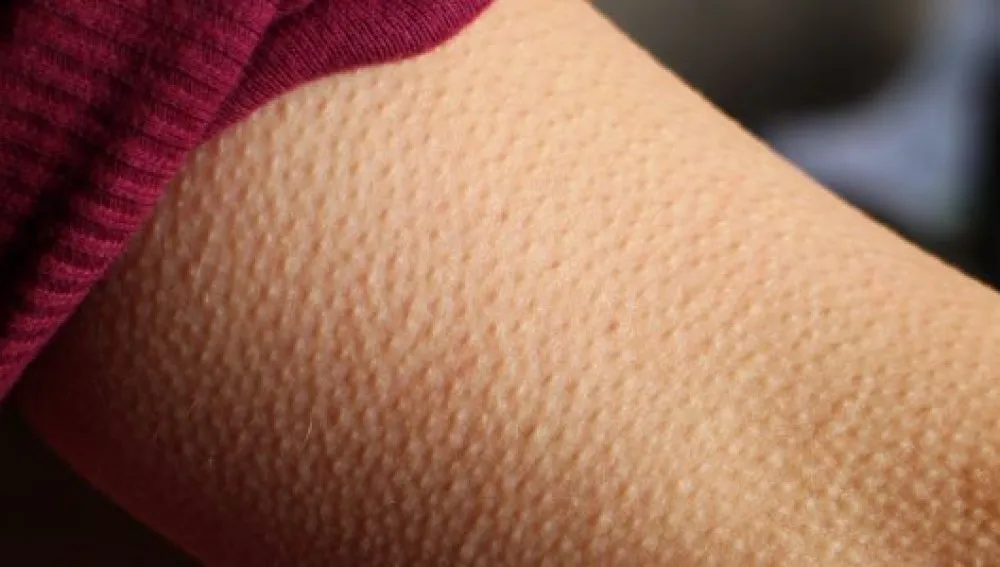The accumulation of compounds generating fluorescence can help predict the risk of type 2 diabetes, cardiovascular diseases and death, according to a new study.
At present, the main predictive factors of this pathology are fasting obesity and blood glucose, but researchers are still looking for other alternative methods.
One of the most curious is the one that has just been described in a study published in the magazine Diabetologia by researchers at the University of Groningen, in Holland.
In it, skin autofluorescence is used to predict both type 2 diabetes and some cardiovascular diseases and death.But to understand this method it is necessary to start at the beginning.What is skin autofluorescence?
the fluorescence of our body
Recent research has shown that patients with diabetes have higher levels of substances called final products of advanced glycation (AGE).In addition, it is also known that these compounds emit fluorescence, so their accumulation derives in the generation of a phenomenon known as skin autofluorescence.
This method could be used in a simple way in non -medical environments, such as pharmacies.
In order to verify if it could serve as a predictor of diabetes and other diseases, these researchers carried out a prospective analysis in which 72,880 people participated, who had undergone reference investigations between 2007 and 2013.
The skin fluorescence was evaluated with the help of a reader provided with a light source that illuminates the tissue of interest, exciting the fluorescent molecules that may be in it.Finally, the light emitted by these is detected with a spectrometer or photodiodes.
After an average of four years of tracking, 1,056 of the volunteers had developed diabetes, 1,258 were diagnosed with cardiovascular disease and 928 died.
When comparing the results with the basal autofluorescence that was measured at the beginning of the study it was found that it was greater in all of them.Specifically, an increase in a unit in this parameter seemed to relate to a three -time probability of contracting diabetes or cardiovascular diseases, while the risk of death was quintupled.
This is a non -invasive measure, which could be made in non -medical environments, such as pharmacies, in order to carry out a much faster diagnosis than with other methods, such as the presence of metabolic syndrome, which require more extensive measurements.At least, as a first risk risk measurement, it could be a very effective measure, according to these results.


